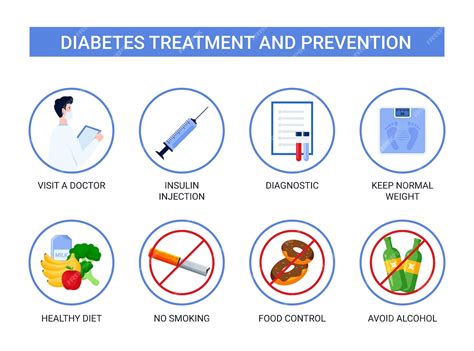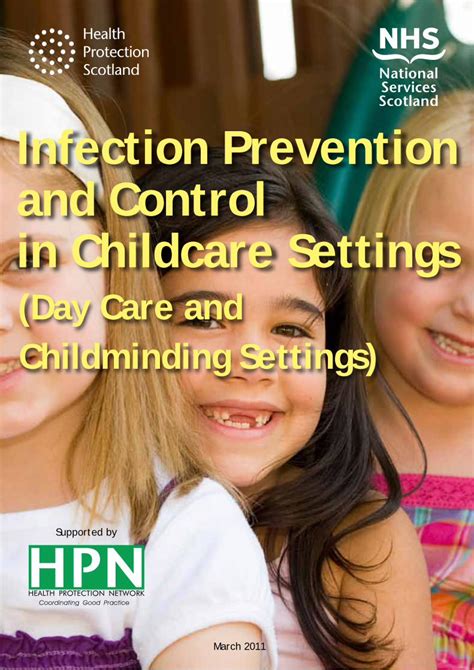Intro
Discover the causes, symptoms, and treatments of Mouth and Foot Disease, a contagious viral infection affecting children, characterized by hand-foot-and-mouth disease, oral ulcers, and foot rashes, with insights into prevention and management of this highly infectious disease.
Mouth and foot disease, also known as hand, foot, and mouth disease (HFMD), is a common viral illness that affects people of all ages, but it is most prevalent in children under the age of 10. The disease is characterized by the appearance of sores in the mouth and a rash on the hands and feet. In recent years, there has been an increase in the number of reported cases of mouth and foot disease, making it essential to understand the causes, symptoms, and treatment options available.
The importance of understanding mouth and foot disease cannot be overstated, as it can have significant consequences if left untreated. The disease can lead to complications such as dehydration, respiratory problems, and even meningitis in severe cases. Furthermore, mouth and foot disease can be highly contagious, making it crucial to take preventive measures to avoid the spread of the disease. By understanding the causes, symptoms, and treatment options, individuals can take the necessary steps to protect themselves and their loved ones from this viral illness.
Mouth and foot disease is typically caused by a viral infection, with the most common culprits being coxsackievirus A and enterovirus 71. These viruses are highly contagious and can be spread through direct contact with an infected person, contaminated surfaces, or through the air when an infected person coughs or sneezes. The disease can also be spread through fecal-oral contact, making it essential to practice good hygiene, such as washing hands regularly, to prevent the spread of the disease.
Causes And Risk Factors

Symptoms And Diagnosis
The symptoms of mouth and foot disease can vary in severity, but common symptoms include: * Sores in the mouth, including the tongue, gums, and roof of the mouth * Rash on the hands and feet, which can be red, flat, and painful * Fever, which can range from mild to severe * Loss of appetite * Sore throat * Headache * FatigueDiagnosing mouth and foot disease can be challenging, as the symptoms can be similar to those of other viral illnesses. A healthcare professional will typically perform a physical examination and take a medical history to determine the presence of the disease. In some cases, a laboratory test may be ordered to confirm the diagnosis.
Treatment And Prevention

Preventing mouth and foot disease is crucial, as it can be highly contagious. Individuals can take several steps to prevent the spread of the disease, including:
- Washing hands regularly, especially after using the bathroom or before eating
- Avoiding close contact with an infected person
- Cleaning and disinfecting surfaces that may be contaminated
- Avoiding sharing utensils, towels, or other personal items
Complications And Long-Term Effects
In severe cases, mouth and foot disease can lead to complications such as dehydration, respiratory problems, and even meningitis. These complications can be life-threatening, making it essential to seek medical attention immediately if symptoms worsen or if there are signs of complications.The long-term effects of mouth and foot disease are typically minimal, as the disease is usually self-limiting and resolves on its own within a few days. However, in some cases, the disease can lead to long-term effects such as:
- Dehydration, which can lead to kidney damage if left untreated
- Respiratory problems, which can lead to asthma or other breathing difficulties
- Meningitis, which can lead to brain damage or even death
Home Remedies And Self-Care

Individuals can also take several self-care steps to prevent the spread of the disease, including:
- Practicing good hygiene, such as washing hands regularly
- Avoiding close contact with an infected person
- Cleaning and disinfecting surfaces that may be contaminated
- Avoiding sharing utensils, towels, or other personal items
When To Seek Medical Attention
It is essential to seek medical attention immediately if symptoms worsen or if there are signs of complications. These include: * Severe fever or headache * Difficulty breathing or swallowing * Rash that is severe or widespread * Sores in the mouth that are severe or bleeding * Signs of dehydration, such as excessive thirst or dark urineSeeking medical attention early can help prevent complications and ensure that the disease is properly managed.
Prevention In Schools And Childcare Settings

Schools and childcare settings can also take several steps to prevent the spread of the disease, including:
- Developing a plan for managing outbreaks
- Providing education on the disease and its prevention
- Encouraging parents to keep their children home if they are infected
- Providing a clean and hygienic environment for children
Vaccination And Immunization
There is no specific vaccine for mouth and foot disease, as it is a viral illness that must be managed through prevention and treatment. However, several vaccines are available that can help prevent the spread of other viral illnesses that can lead to mouth and foot disease. These include: * Influenza vaccine * Measles, mumps, and rubella (MMR) vaccine * Varicella vaccineIndividuals can also take several steps to boost their immune system, including:
- Eating a balanced diet
- Getting plenty of rest
- Exercising regularly
- Managing stress
Current Research And Developments

These research studies can help improve our understanding of mouth and foot disease and lead to the development of new treatments and prevention strategies.
Future Directions
The future of mouth and foot disease research is promising, with several new developments and advancements on the horizon. These include: * The development of new vaccines and treatments for the disease * Improving diagnostic tests for the disease * Understanding the long-term effects of the disease * Developing new prevention strategies for the diseaseBy continuing to research and understand mouth and foot disease, we can improve our ability to prevent and manage the disease, reducing the risk of complications and long-term effects.
Conclusion And Final Thoughts

We encourage readers to share their thoughts and experiences with mouth and foot disease in the comments section below. By sharing our knowledge and experiences, we can work together to prevent and manage the disease, reducing the risk of complications and long-term effects.
What are the symptoms of mouth and foot disease?
+The symptoms of mouth and foot disease include sores in the mouth, rash on the hands and feet, fever, loss of appetite, sore throat, headache, and fatigue.
How is mouth and foot disease spread?
+Mouth and foot disease is spread through direct contact with an infected person, contaminated surfaces, or through the air when an infected person coughs or sneezes.
Can mouth and foot disease be prevented?
+Yes, mouth and foot disease can be prevented by practicing good hygiene, avoiding close contact with an infected person, and staying hydrated.
What are the long-term effects of mouth and foot disease?
+The long-term effects of mouth and foot disease are typically minimal, but can include dehydration, respiratory problems, and meningitis in severe cases.
Is there a vaccine for mouth and foot disease?
+There is no specific vaccine for mouth and foot disease, but several vaccines are available that can help prevent the spread of other viral illnesses that can lead to mouth and foot disease.
